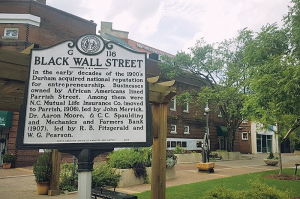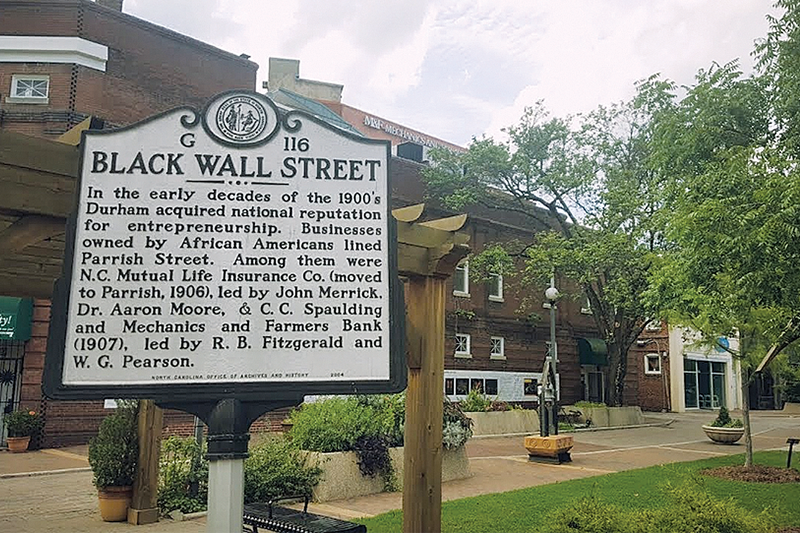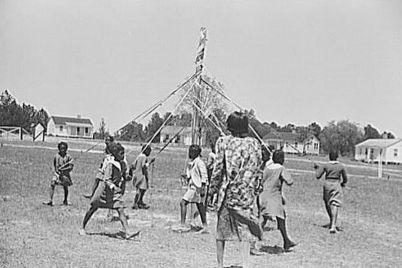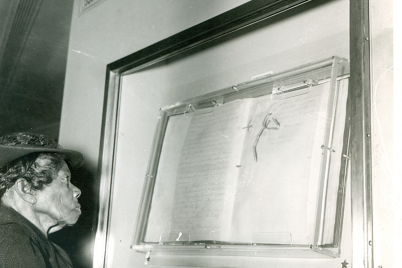The Greenwood District in Tulsa, Okla., grew into the most famous and prosperous black urban community in the United States from 1889 through 1921. It became a symbol of black wealth, pride and unity, which angered the white population resulting in the decimation of the neighborhood.
Native Oklahoman Buck Colbert Franklin and father of eminent historian Dr. John Hope Franklin was a civil rights lawyer in Tulsa, Okla., and had been imprisoned during the chaos of the riot. The following year, he and other black businesspeople provided the leadership to help rebuild the Greenwood community in spite of the Tulsa City Council trying to halt their efforts.
Greenwood residents used their resources along with help that had been sent from across the United States. By the summer of 1922, more than 80 businesses had risen from the ashes.
Dr. Franklin remembered from his childhood his father’s arrest and the trauma suffered by Greenwood residents. His personal experience at the age of six gave him the passion for eventually writing his first novel, “Fires of Greenwood: The Tulsa Riots of 1921.”
As a historian, Dr. Franklin advocated that the “past is a prologue to the future.” His message was that we must examine our history and connect it to our present-day lives.
 He found that there were many similarities between the successes of African Americans in the business world of the early 21st century and the accomplishments of the business trailblazers who established what became known as “Black Wall Street” in the early 20th century.
He found that there were many similarities between the successes of African Americans in the business world of the early 21st century and the accomplishments of the business trailblazers who established what became known as “Black Wall Street” in the early 20th century.
Throughout the years after 1921, Greenwood residents continued to strive for their dignity and economic self-sufficiency. Forty years later, the Civil Rights Movement in the 1960s led to the Civil Rights Act of 1964, which integrated public accommodations.
As African Americans began to use businesses and accommodations throughout Tulsa and move around more freely, the economic structure of the Greenwood business district began to decline. In time, urban renewal and freeway construction accelerated that process.
Just as in Greenwood, the same kind of decline occurred in many urban black business areas. After integration, our own Historic 22nd Street business district suffered the same fate.
Fortunately, there is a revival of various former black business districts and endeavors to preserve the history and culture that once stood firm and stabilized black communities.
The Greenwood district has developed its cultural center and rehabilitation of the area has led to new life and vitality for that old part of Tulsa, Okla. There are combined public and private efforts to observe and spread the history of their dynamic Black Wall Street.
Currently throughout the United States and other parts of the world, there is a Black Wall Street Movement that was initiated in 1998 in the spirit of the original Black Wall Street. It is a testament that Greenwood gave the collective “us” a legacy of success.
Jennifer Gamble-Theard, M.Ed. is a retired Pinellas County educator in the study of history and language. She is also the historian for the St. Petersburg Branch of ASALH.








